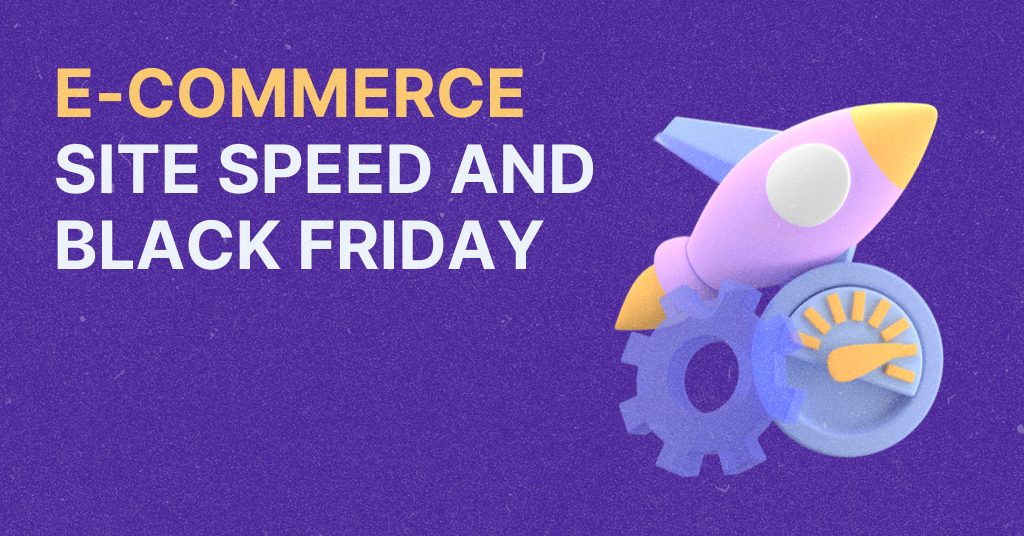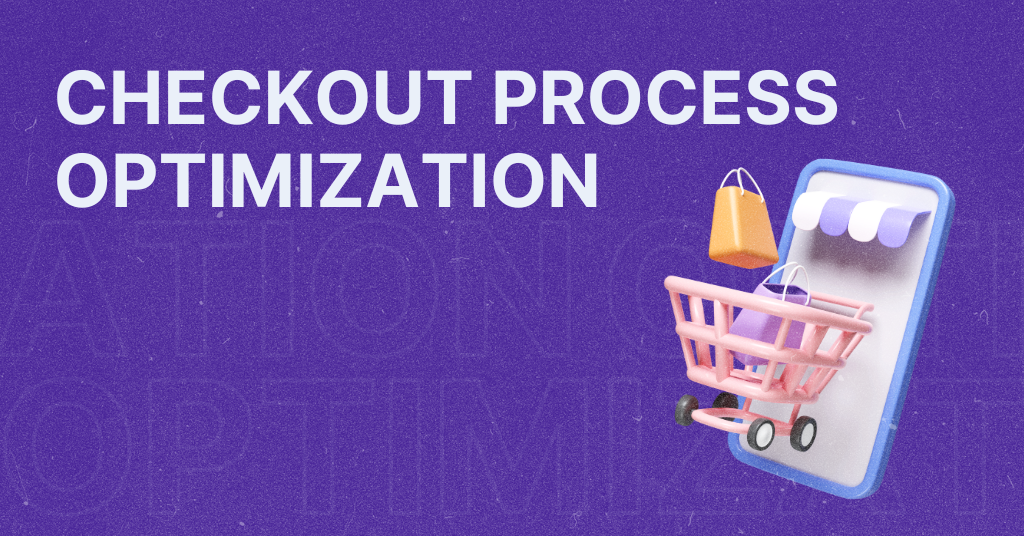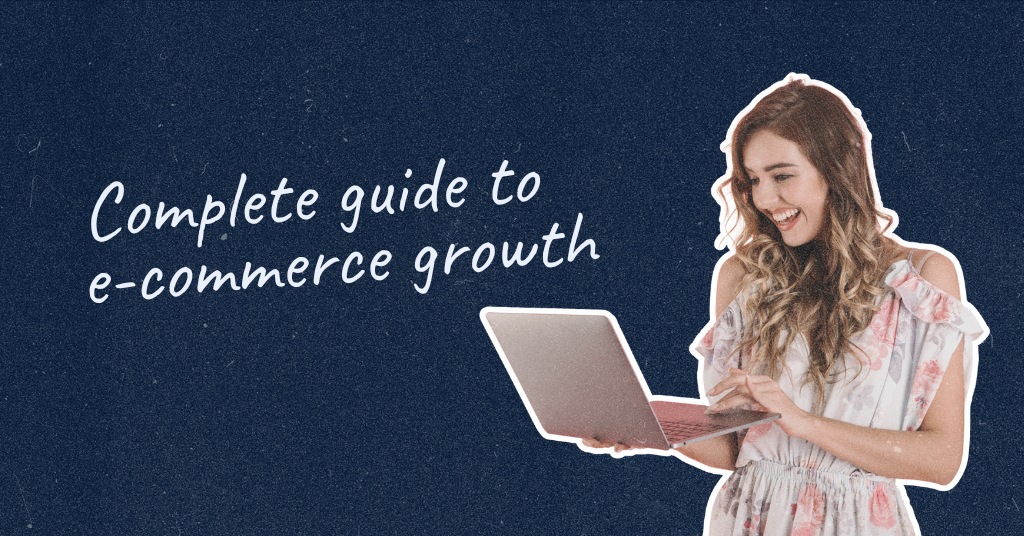
The link between e-commerce site speed and Black Friday
Black Friday is the day when everyone – from the casual shopper to the die-hard deal hunter – hits the online stores in search of unbelievable bargains. For e-commerce sites, it’s a golden opportunity to boost sales, clear out inventory, and acquire new customers. However, it’s also a day when the competition is fiercer than ever, and every second counts – literally!
One often overlooked, but critical factor for success on Black Friday is your e-commerce site speed. In the digital age, speed is king. Online shoppers are an impatient bunch. If your site takes too long to load, they will abandon ship and sail to a competitor’s site faster than you can say “Black Friday Bargains!”
So, why is site speed so crucial for Black Friday success, and how can you optimize your e-commerce site for the big day?
First impressions count
Your website is often the first interaction a customer has with your business. A slow-loading site gives the impression of unprofessionalism and may cause visitors to question the quality of your products or services. A fast, smooth, and responsive site, on the other hand, creates a positive first impression and sets the stage for a pleasant shopping experience.
User experience
Site speed is a key component of the overall user experience. A fast-loading site makes browsing, searching, and shopping a breeze. It allows customers to view product images quickly, read descriptions, and make purchases without any frustrating delays.
Conversion rates
There is a direct correlation between site speed and conversion rates. According to a study, a 100-millisecond delay in website load time can hurt conversion rates by 7%. On the flip side, improving your site speed can lead to a significant increase in conversions. A case study by Walmart found that for every one second improvement in page load time, conversions increased by 2%.
SEO rankings
Google considers site speed as one of the ranking factors in its search algorithm. A faster site can lead to better search engine rankings, which in turn can lead to more organic traffic to your site. More traffic means more potential customers and, ultimately, more sales.
Mobile commerce
It’s the mobile commerce era, and it’s essential to have a fast-loading mobile site or app. According to Statista, 54% of ecommerce sales happen on mobile devices. A slow mobile site can be especially frustrating for users and can lead to high bounce rates and lost sales.
Competitive advantage
A fast site can give you a competitive edge. If your site loads faster than your competitors’, you have a better chance of capturing the attention of impatient shoppers and converting them into customers.
How to optimize your e-commerce site speed for Black Friday
Black Friday 2023 is close, so during the preparations for your online store, let’s see what you can do to optimize your e-commerce site speed.
1. Analyze your site speed
The first step in optimizing your site speed is to analyze your current performance. There are several free tools available, such as Google PageSpeed Insights, GTmetrix, and Pingdom, that can help you assess your site speed and identify areas for improvement.
2. Optimize images
Large, unoptimized images can significantly slow down your site. Use image optimization tools like Adobe Photoshop or TinyPNG to compress your images without compromising on quality. Also, consider using responsive images that adapt to different screen sizes and devices.
3. Use lazy loading
Lazy loading is a technique that delays the loading of non-essential elements (e.g., images, videos) until they are needed. This can help to reduce the initial load time of your pages and improve the overall user experience.
4. Minimize code
Minimizing your site’s code can help to reduce the size of your pages and improve load times. Check with your site developers what you can do about it.
5. Leverage browser caching
Browser caching allows frequently accessed resources (e.g., images, CSS, JavaScript) to be stored in a user’s browser. This can help to reduce the load on your server and improve page load times for returning visitors.
6. Use a Content Delivery Network (CDN)
A Content Delivery Network (CDN) is a network of servers that are strategically located around the world. It helps to distribute the load, reduce latency, and deliver content more quickly to users, regardless of their geographic location.
7. Optimize for mobile devices
Ensure that your site is mobile-friendly and optimized for speed on mobile devices. Use Google’s Mobile-Friendly Test tool to assess your site’s mobile performance.
8. Monitor your site performance
Regularly monitor your site performance to identify any issues that may arise and address them promptly. Use real-user monitoring tools like Google Analytics or Hotjar to gain insights into how users are interacting with your site and identify potential bottlenecks.
Let’s wrap it up
Black Friday is a golden opportunity for e-commerce sites to boost sales and acquire new customers. With fierce competition and impatient shoppers, every second counts. Optimizing your e-commerce site speed can lead to a better user experience and higher conversion rates.
So, don’t wait until the last minute. Start optimizing your e-commerce site speed now and get ready to crush it on Black Friday!
Good luck, and may the sales be ever in your favor!
Let’s book a 30-min mobile strategy session and give your shop a boost.
Let’s book a 30-min mobile strategy session and give your shop a boost.


